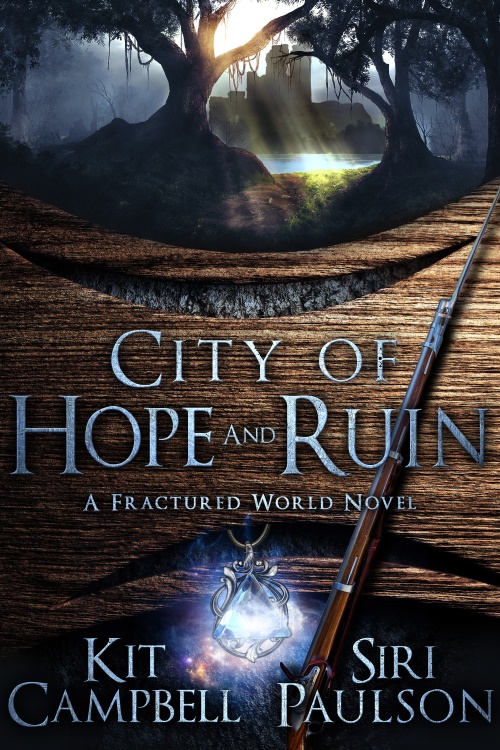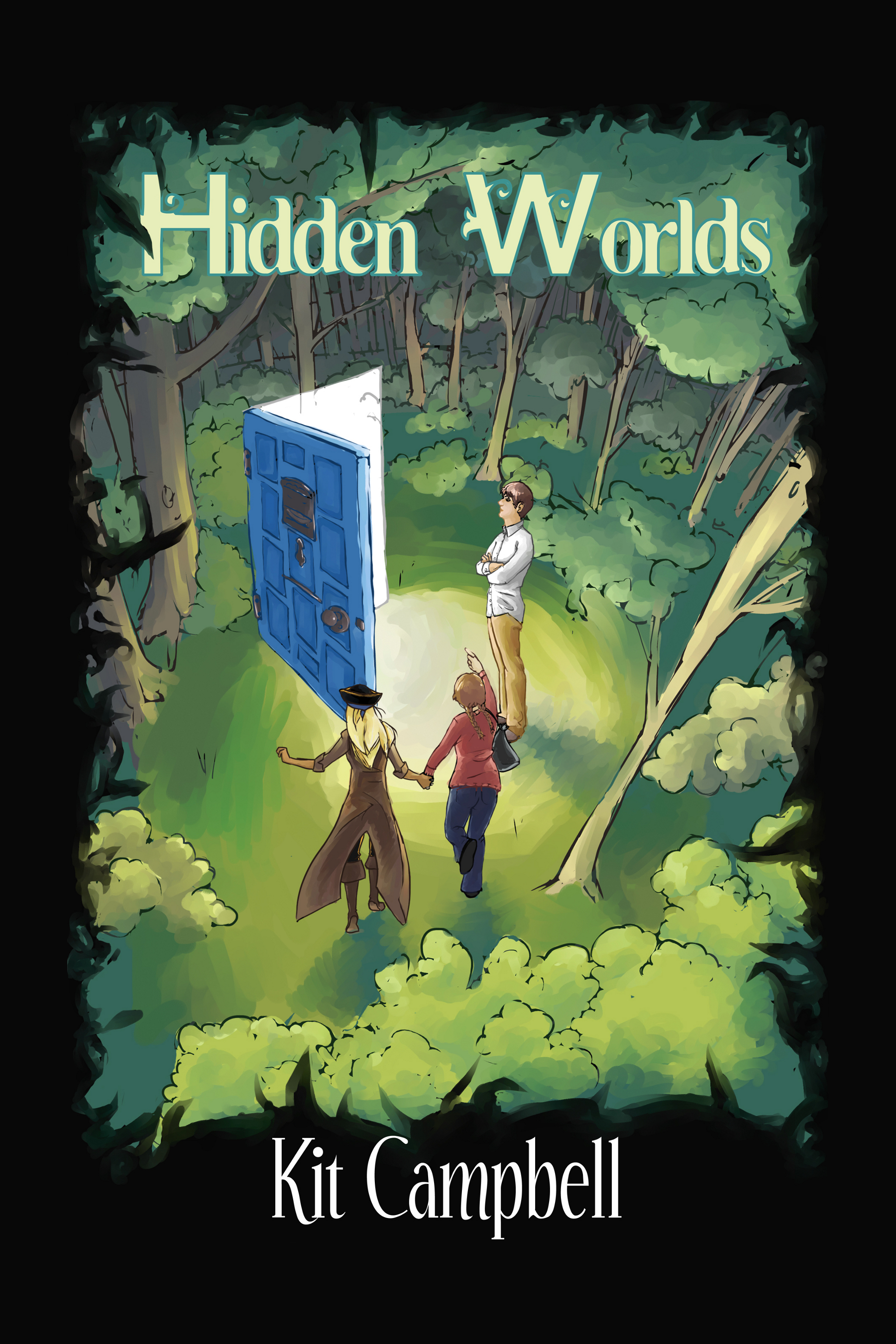Continuing on from Tuesday. If you missed that post, I recommend clicking the handy link at the top or bottom of this entry (depending on whether you’re on the blog or website) or simply scrolling down and reading that one first if you’re on the main blog page.
Picking up where we left off:
Anthologies
An anthology is a collection of short stories (or longer works, such as novellas) that center around some sort of theme. These themes can be very specific or very broad, depending on the publisher and the particular anthology in question. Publishers that regularly release anthologies may have the next several themes available on their website so you can plan ahead.
Submissions for anthologies work in two distinct ways:
- You can be invited to submit work for an anthology. This is more common if you’re an established, decently-selling author who has been traditionally published by major markets, or if you’ve worked with an editor before and they’ve been impressed with your work.
- A publisher releases a call for an anthology, which is open to established and new writers alike. (In some cases, publishers may be looking specifically for new authors; the submission guidelines for the anthology would state this.)
Like magazines or journals, market websites like Duotrope and the Submission Grinder list open anthology calls on their websites, and you can search specifically for anthology markets by using their advanced search function. Anthology calls often have a deadline associated with them (i.e., stories must be received by November 15), though some publishers may keep submissions for a particular anthology open until they feel they’ve received an appropriate amount of acceptable submissions. Often, an anthology call will also include the intended publication date for the anthology.
Pay rates for anthologies follow the same methodology as magazines and journals, falling into pro, semi-pro, token, and non-paying or exposure. Anthologies are more likely to pay a flat rate per story, and also may include a copy or two of the anthology. Some anthologies may pay authors a share of the royalties, either as the main form of payment, or in addition to whatever the original buying rate was. Some anthologies are created to make money for charitable causes–the submission guidelines will normally specify this.
Like magazines and journals, you can try to fit a previously written story into an anthology, or write a story specifically to match an anthology theme.
NOTE: Depending on the anthology theme and how specialized it is, it may be hard to place an anthology-intended story elsewhere if the anthology does not accept it.
In many cases, the submission process for an anthology is similar or identical to submitting to a magazine or journal, with most using either an email submission process or an online portal. An anthology may accept a wide variety of story lengths or be focused on a specific type of short story (such as flash fiction), and pay rates may be different depending on the length of the story. For example, some anthologies may pay a pro rate for very short works, such as flash or micro fiction, but pay semi-pro or token for longer works.
If your short story is selected for inclusion in an anthology, the publisher will send you a contract specifying rights and when/if the rights will revert to you after a certain period of time. The editor or publisher may also ask for some edits to be made to the story. These are normally fairly minor–small plot issues or copyediting–as the time frame and demand for an anthology does not allow for more major changes; if a story is not working on a larger level, it is very unlikely to be selected.
Here’s part 2, Squiders! Again, let me know if anything is confusing or if you feel I’m leaving something out, or let me know if the format isn’t working for some reason. I’d hate to go through the whole thing if the format is inherently wrong! Otherwise, we’ll continue next Tuesday with the third and final part of traditional short story publishing and then take a bit of a break on the subject before we jump into self-publishing short stories.
Otherwise, I hope you have a happy weekend, Squiders!



